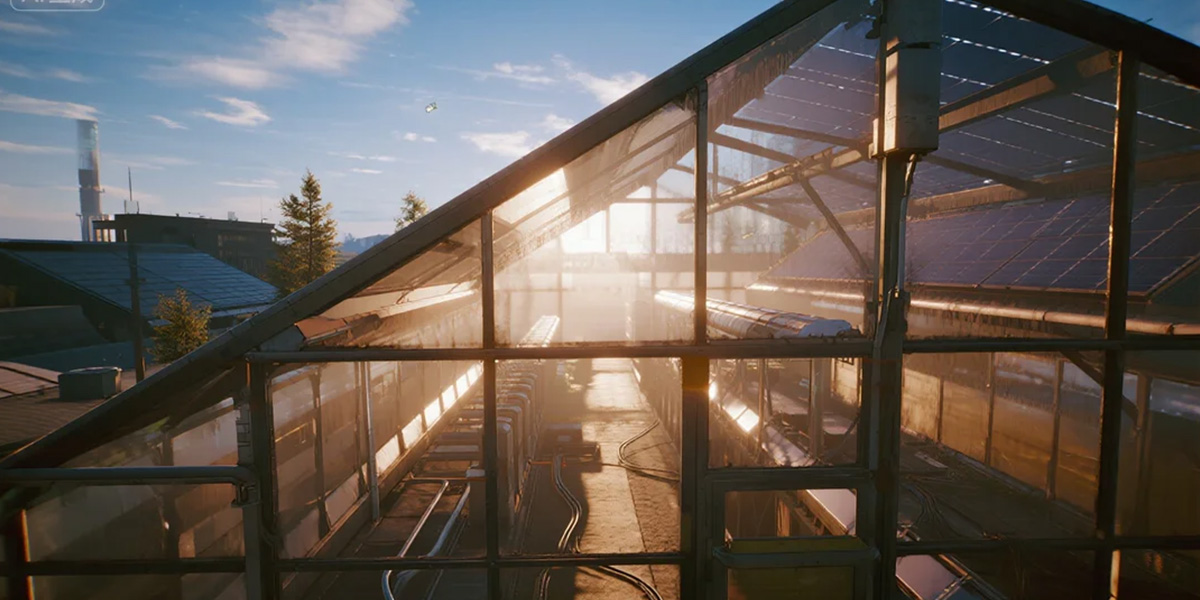Solar greenhouses function through precise thermal management of solar radiation. When temperatures rise inside the greenhouse, surfaces emit long-wave infrared radiation. The glazing materials (glass or plastic film) contain this radiation by blocking its dissipation to the external environment.

Heat Transfer Mechanics:
Primary heat loss occurs via convection through:
• Air exchange between interior/exterior
• Thermal conduction through structural gaps
Countermeasures include enhanced sealing and insulation to minimize these losses.
Diurnal Thermal Cycle:
1.Daytime Operation
▫ Incident solar radiation exceeds heat loss → Temperature accumulation
▫ Excess heat may require active venting for optimal plant conditions
▫ Thermal storage systems can capture surplus energy
2.Nighttime Operation
▫ Continuous heat emission without solar input → Cooling phase
▫ Insulating layers ("thermal quilts") deployed to reduce heat loss
▫ Auxiliary heating (coal/gas systems) supplements during low-sun periods
Material Evolution:
While traditional glass structures remain prevalent, modern greenhouses increasingly utilize:
• Transparent polymers
• Fiberglass composites
Enabling diversified designs from simple conservatories to advanced agricultural factories.
Agricultural Applications:
Globally deployed in:
• Vegetable production (plastic tunnel greenhouses)
• Advanced cultivation facilities
• Integrated aquaculture systems
All leveraging the fundamental solar greenhouse effect for year-round production.
leave a message
Scan to wechat :
